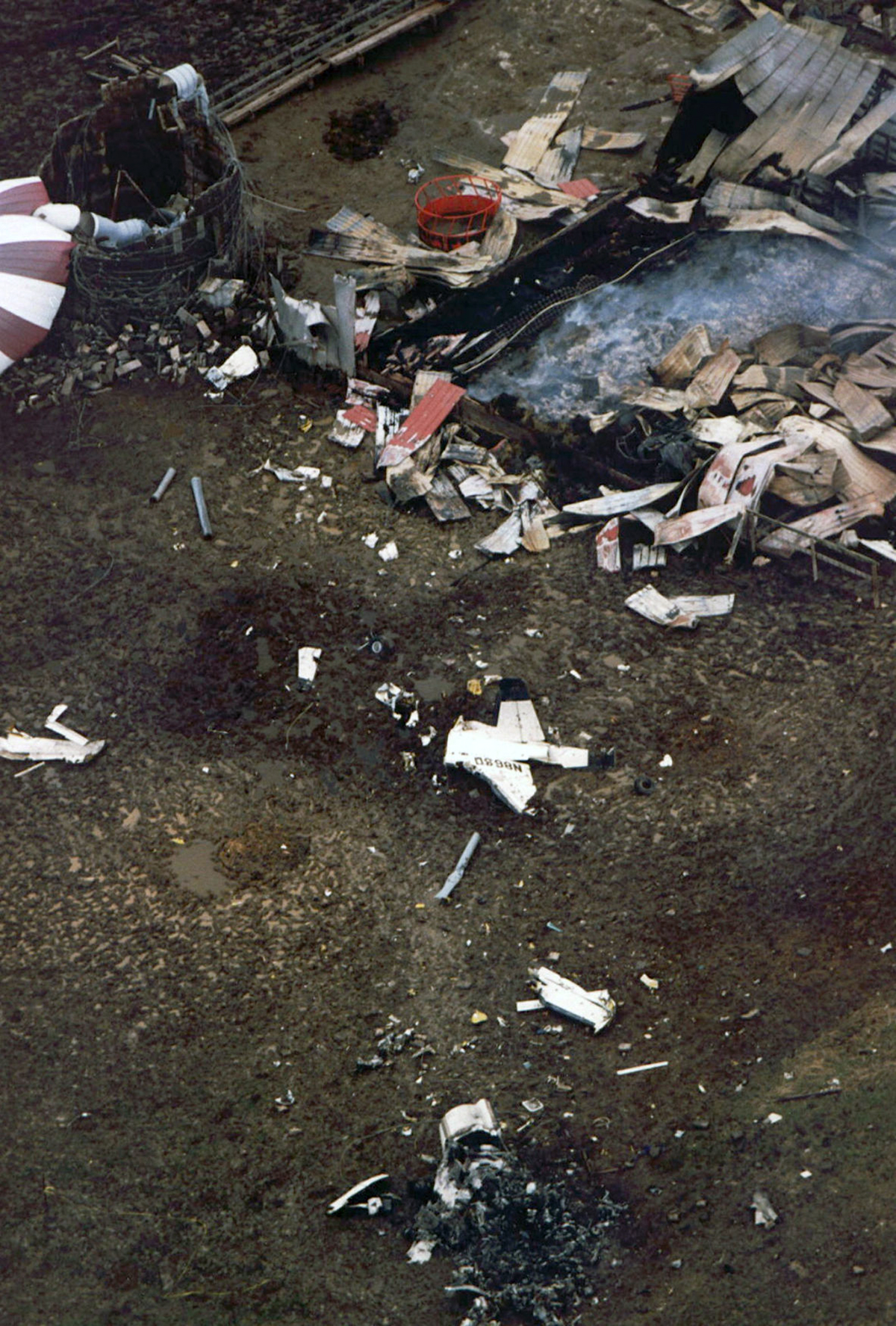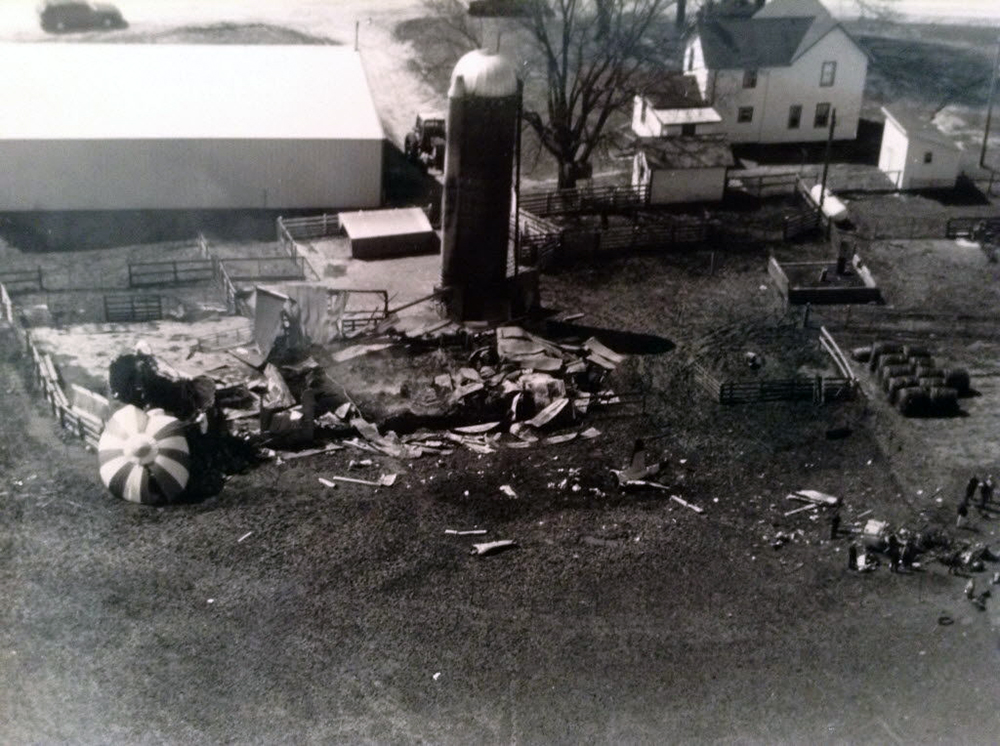Crash of a Cessna 401A in Minot: 4 killed
Date & Time:
Feb 24, 1994 at 0949 LT
Registration:
N4071Q
Survivors:
No
Schedule:
Devils Lake - Rolla
MSN:
401A-0115
YOM:
1969
Crew on board:
1
Crew fatalities:
Pax on board:
3
Pax fatalities:
Other fatalities:
Total fatalities:
4
Captain / Total hours on type:
1500.00
Aircraft flight hours:
4220
Circumstances:
The public use flight was being operated by the Indian Health Service of the U.S. Department of Health & Human Services. It departed VFR from Devils Lake, North Dakota, with an intended destination of Rolla, North Dakota. The pilot attempted two visual approaches at Rolla, but encountered whiteout conditions due to a snow storm. He obtained an IFR clearance and diverted to Minot. He flew two ILS approaches to runway 31 at Minot and reported a missed approach after each. Radio contact was lost after the second approach. About an hour later, a snow plow operator found wreckage on the airport. Investigation revealed the plane had impacted to the right of runway 31 with the gear retracted and the flaps extended 15°. The 0959 weather was in part: 600 feet obscured, visibility 1/2 mile variable in snow, wind 110° at 11 knots. No preimpact mechanical anomaly was found with the airplane or engines. All four occupants were killed.
Probable cause:
Failure of the pilot to maintain proper altitude during a missed approach. Factors related to the accident were: the unfavorable weather and snow covered terrain.
Final Report:















